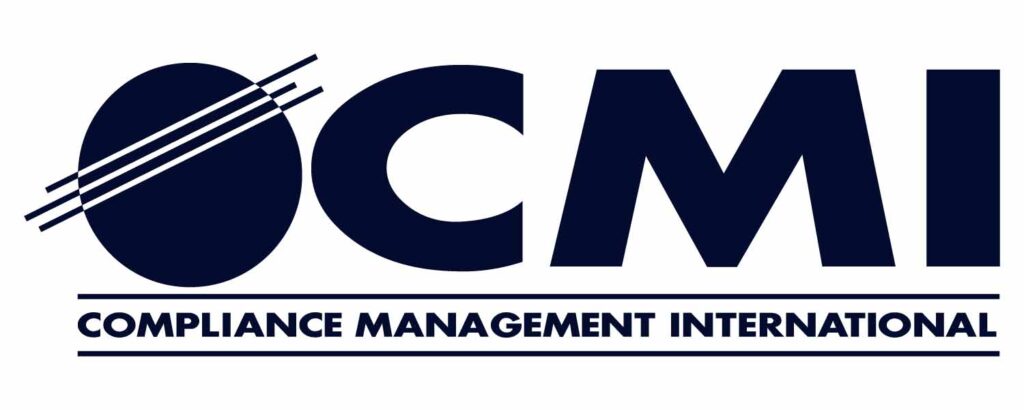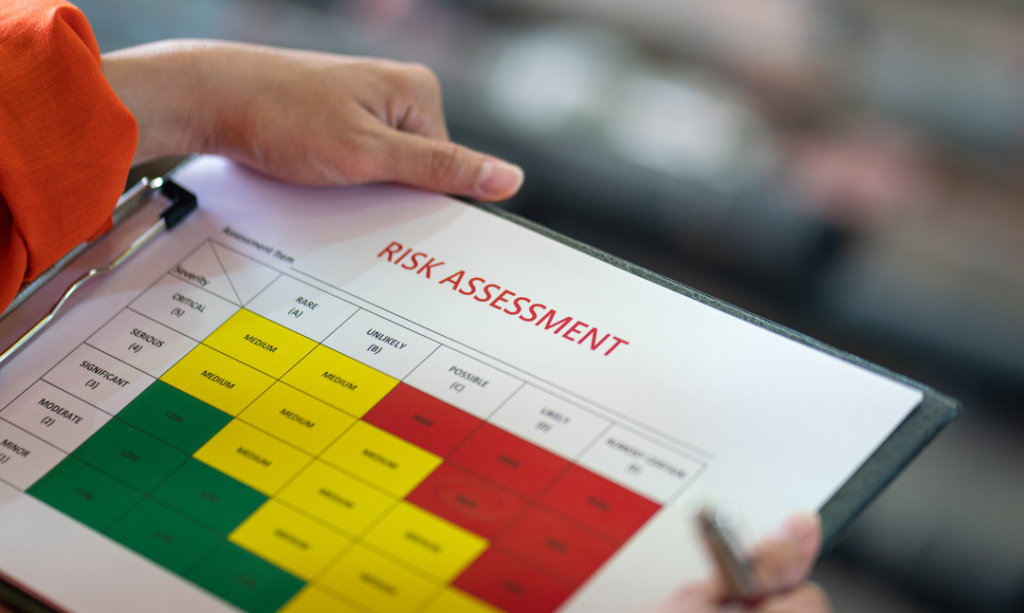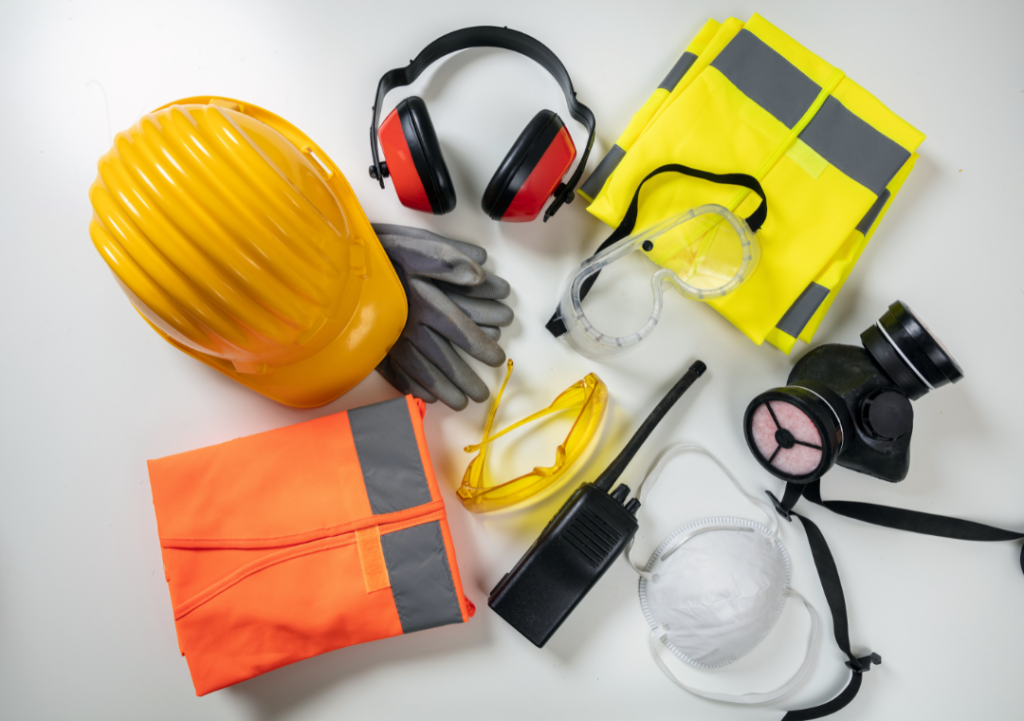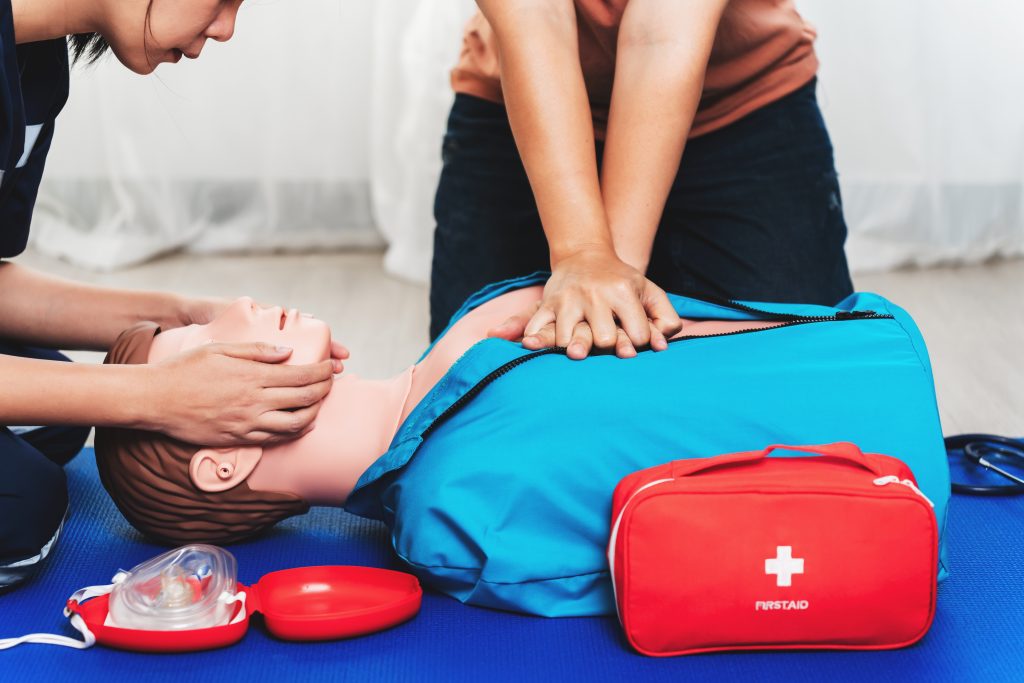It’s that time of year when temperatures soar and air conditioners are on full blast. Unfortunately for some workers, their jobs are mainly outdoors braving the heat and harsh sun. Outdoor workers exposed to heat and humidity run the risk of many heat related illnesses including: dehydration, heat stroke, heat exhaustion, and heat cramps.
Humidity plays a very large role in the safety of outdoor workers since the amount of moisture in the air makes it difficult for sweat to dry quickly. Evaporation of sweat is our bodies cooling system, and if hindered, like on a high humidity day, the number of workers suffering from heat exhaustion rises.
To protect our outdoor workers, it’s important to provide the right personal protective equipment, provide breaks, and recognize when it’s not safe to work outdoors. The U.S. National Oceanographic and Atmospheric Administration (NOAA) has created a heat index to help workers determine when it’s too dangerous to be outside. It combines air temperature and relative humidity into one number. The numbers are then given levels with precautionary measures for supervisors to have their workers take.
While OSHA does not have a specific standard that covers working in hot environments, under the OSH Act, employers have a duty to protect workers from recognized serious hazards in the workplace; heat related hazards among them. They’ve created a guide to help employers and worksite supervisors prepare and implement hot weather plans designed around using the heat index.
Workers new to outdoor work need to be properly trained to avoid injury. CMI can help with outdoor worker training and prepare training’s to keep your workers safe during the summer months.



